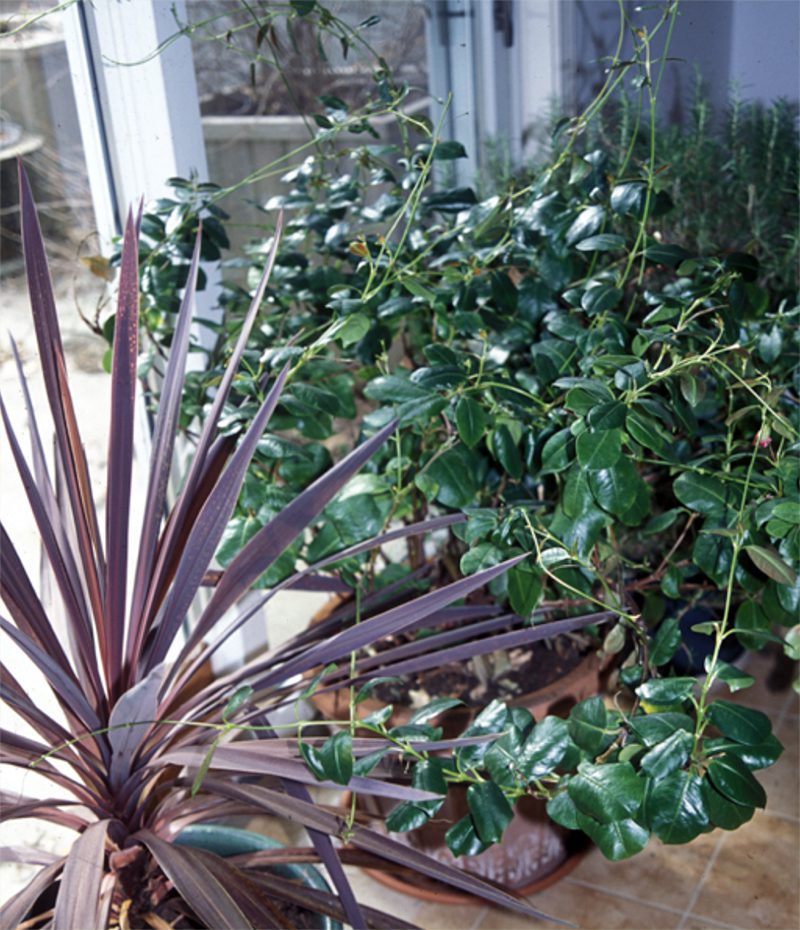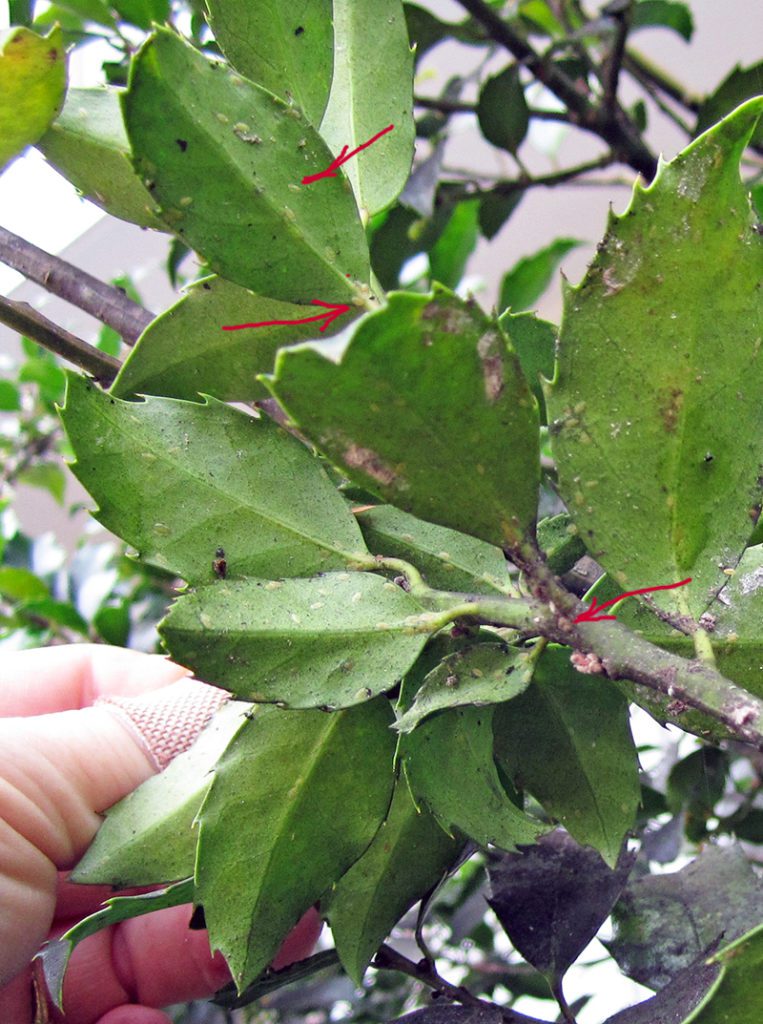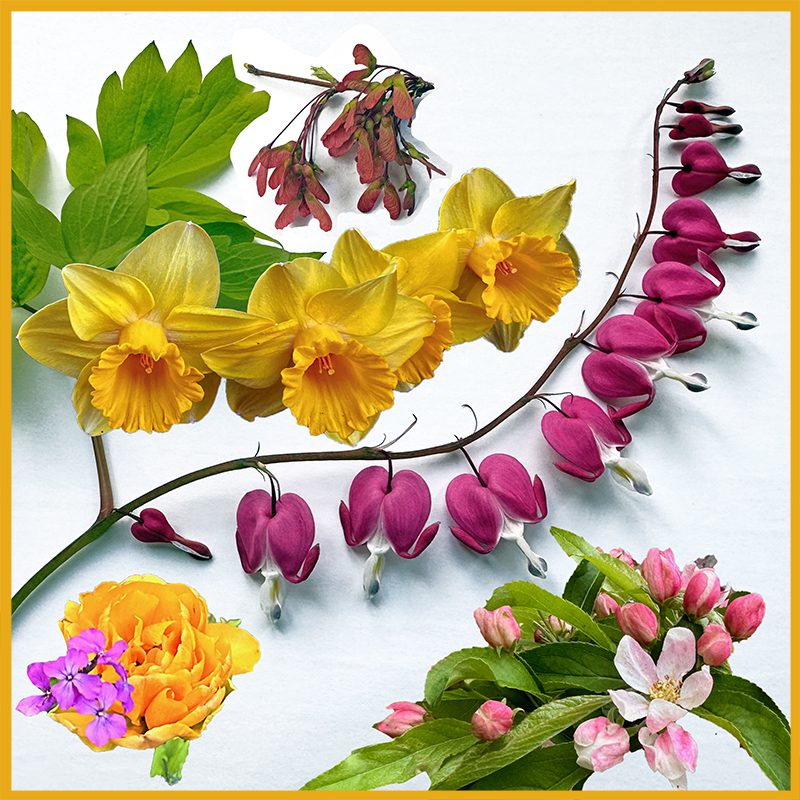Questions From The January Happy Hour
Questions From The January Happy Hour
When I get together virtually with our customers for a Horticultural Happy Hour, I take questions from the Chat area until six o’clock. Any that are left unanswered I promise to answer here. On January 19th our topic was the plants that we have indoors for the winter. We discussed the plants we have put in the garage or basement, those we are keeping in front of a sunny window, along with a few houseplant tips. These Happy Hours are always recorded, and are posted at the bottom of our events page in the week after the event. Here are the questions that were remaining in Chat after last week’s Zoom.
Q. Over Wintering Mandevilla Vine?
A. So many people asked about keeping this lovely, tropical plant from year to year. There are several things to know about Mandevillas. First, they don’t like temperatures much below 55 degrees, so you can’t keep these in an unheated garage or cold basement. Secondly, they are easy to keep alive from year to year, but unless you have them under lights that are providing them with “long days,” they are not likely to flower for you until August once they are outside. After keeping my plants in front of a sunny slider over a couple of winters, I decided that I would prefer to buy a new plant in May every year so that I had flowers from May into October. It seemed to me that the cost of the new plant was probably similar to the price of the grow lights and electricity I’d need to give these fourteen hours of artificial sunlight in the winter. Finally, if you do have a Mandevilla, be it a tall variety or the shorter ones that are commonly called dipladenia, know that it may go through a vining stage at some point in the winter, putting out long, lanky stems. Let it do that, knowing that you can cut it back in early April and place it back outside in late May. Fertilize starting in March or early April.

Q Arlene asked for suggestions for dealing with scale on plants that come in for the winter.
Arlene has a Schefflera and a coffee bean plant that have scale. Truthfully, scale is one of the hardest pests to get control of indoors. Start by scraping it off with your fingers (I do this sometimes when talking on the phone…it’s an easy multi-task approach.) Spray the plants well with horticultural oil before you bring them inside for the winter. If you can move them into a shower or bathtub during the winter, spray them with Neem Max, insecticidal soap, or Bon-Neem. This is most effective if you repeat the spraying two or three times, a week to two weeks apart, so that you cover any scale that is newly hatched.

Q. Zoom Listener asked about outdoor bulbs sprouting.
The question that was typed in Chat said, “The tulip and allium bulbs I planted in early November have started to sprout! Will this impact their spring flowering, and should I consider covering them with mulch?” No, you don’t have to cover them. Every year I have some bulbs poke up in late-fall or mid-winter, whether the temperatures are warm or cold. Know that the plants are not “confused” but are doing what plants do, growing in response to their environment. Bulbs that poke up in winter are also photosynthesizing, especially on the warmer days, and this creates energy that the plant uses for root growth and winter survival. Know that some bulbs are prone to this more than others, and they will be fine.

Q. Kudos in Chat.
Evelyn wrote: “I too am a fan of the Gartenmeister Fuchsia annual plant. It has proven to be a successful annual in a shaded corner of my courtyard and its bright coral color really brightens that spot. Plus last summer it attracted a daily visit from a large hummingbird which we could watch right outside our window. The courtyard turned into a little pollinator haven last summer thanks to your lectures about plants that attract bees, butterflies and hummingbirds. Plus a pair of birds built a nest in one of our juniper shrubs and rewarded us with eggs and eventually babies that “mom and dad” taught how to fly. No question for you but just wanted to thank you for all these valuable Happy Hour lectures you grace us with especially during the dreary winter months.”
Thanks, Evelyn. I’m so glad you enjoy the Fuchsia as much as I do, and that you’ve found these happy hour talks to be helpful. They were one of the few “gifts” that the COVID lockdown brought, since that’s when I started doing these virtual events. Now I schedule them once a month, and I look forward to the ones we have scheduled for the rest of 2024.

Subscribe To Our Newsletter
Sign up for our weekly email about sales and events.
